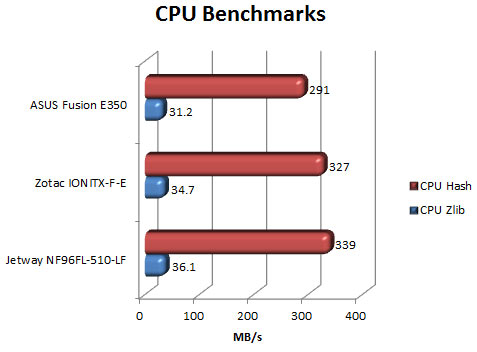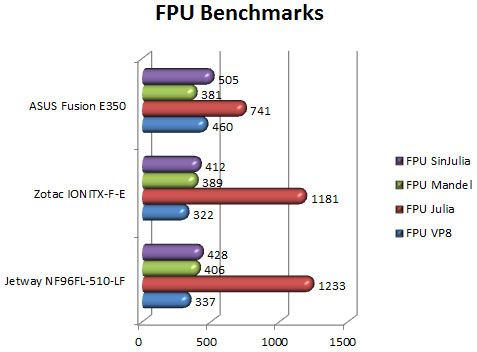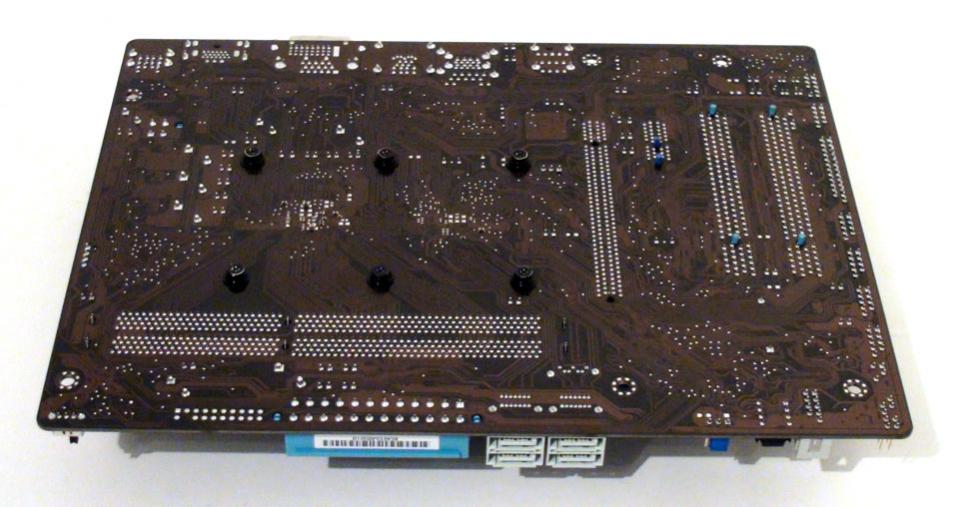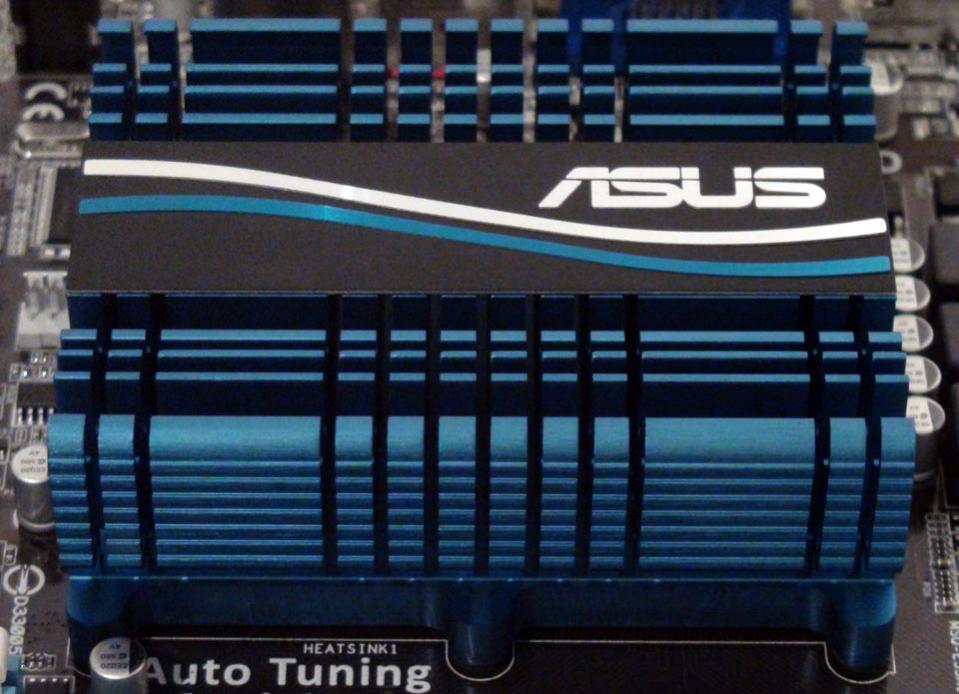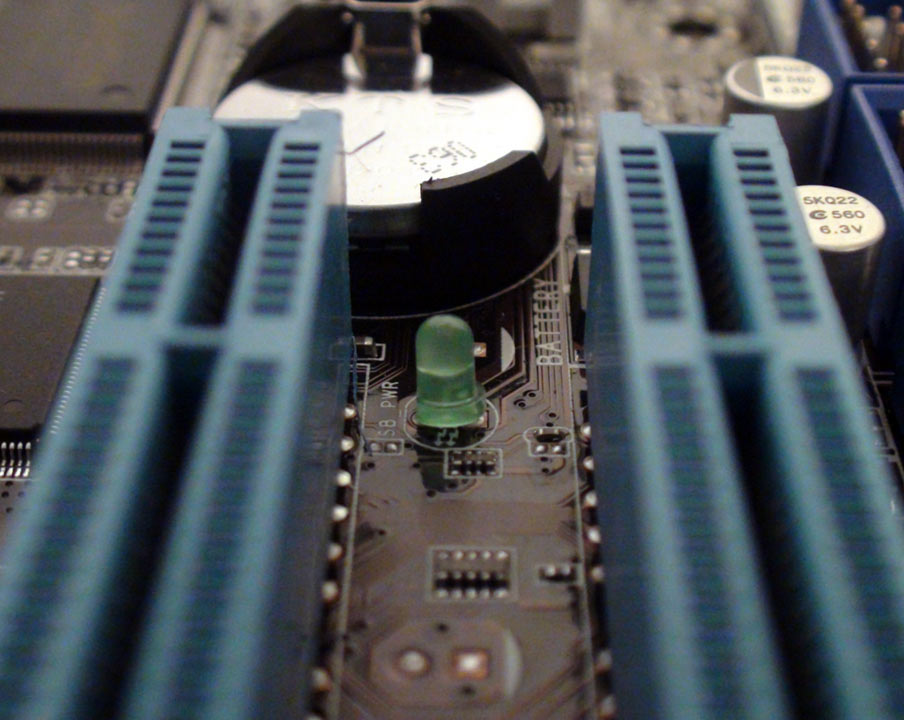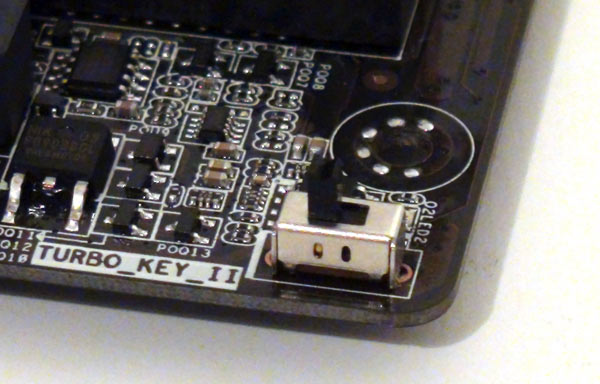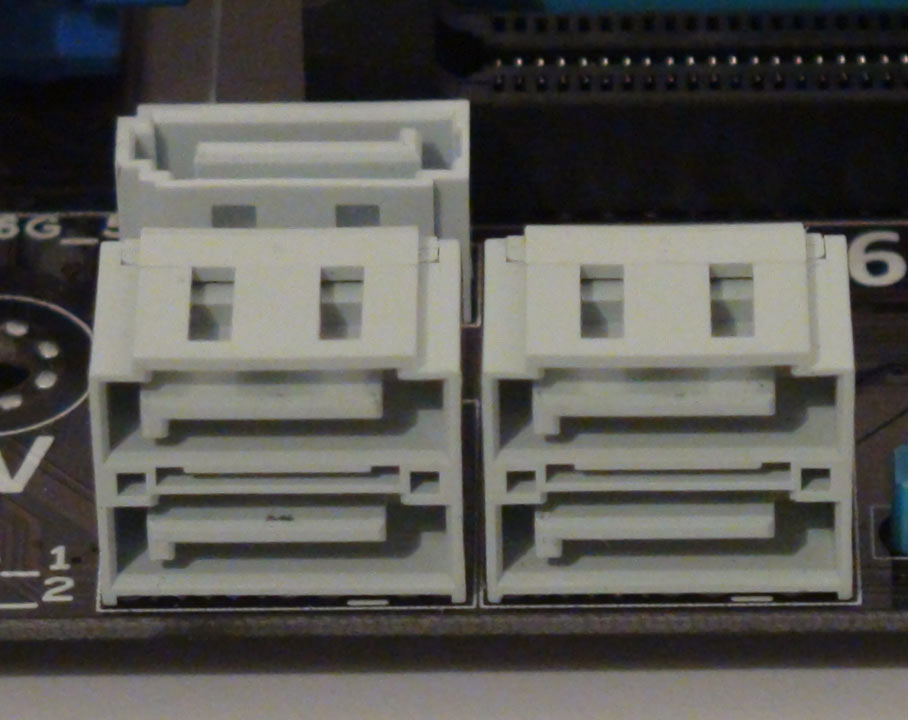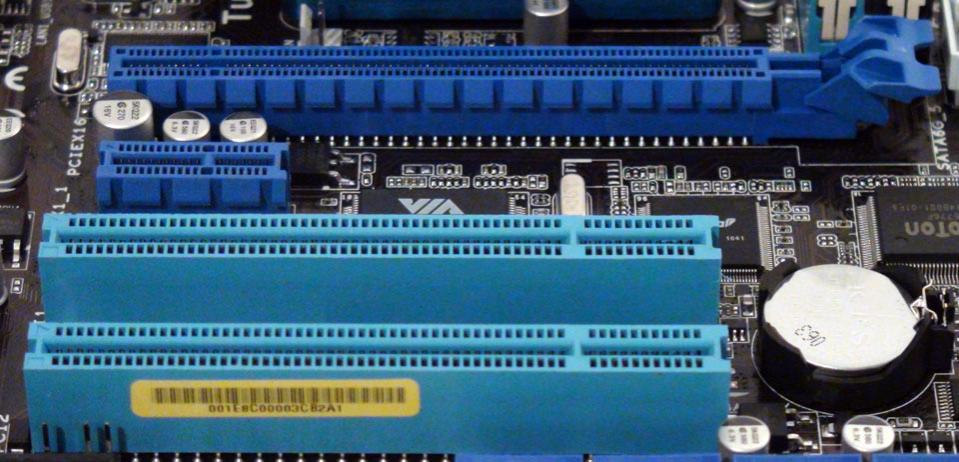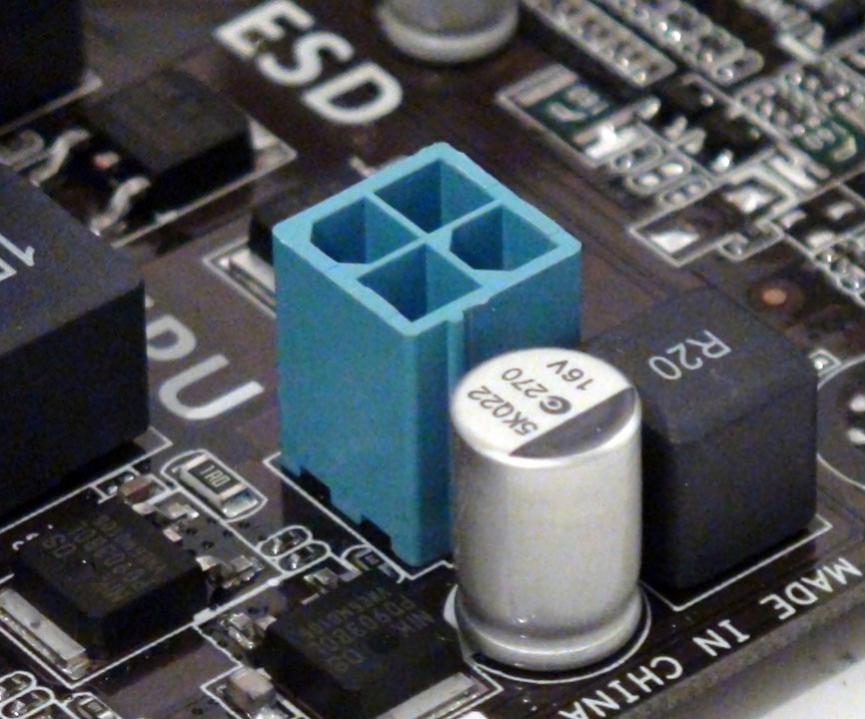Asus E35M1-M Pro AMD Fusion Micro-ATX Motherboard Review
Andy Ruffell / 13 years ago
A Closer Look
Once you take everything out of the box, it will reveal that the board follows a blue and black colour scheme which will be idolised by most users.
Even though the board uses the Micro ATX form factor, the general layout seems to be nothing out of the ordinary in terms of the placement of memory slots, socket, and expansion card slots.
The back of the board has a slightly different style approach with a brown PCB, and shows where the heatsink mounts on from this side.
The board is fairly low profile and doesn’t really protrude over the height of the I/O connectors, making it perfect for placing into a slimline HTPC chassis.
The bulk of the board is taken up by the nice Asus branded passive heatsink sporting the blue and black colour scheme. An optional fan can be attached to aid in the cooling of the main components of the board if you so wish.
Taking the metal heatsink off of the board reveals the Fusion APU and Hudson chipset, and as you can see the Fusion APU really is that small.
There are two memory slots that are said to support up to a maximum of 8GB DDR3 1066MHz, though the EFI BIOS suggests that the speed can be changed to 1333MHz. A full list of qualified memory vendors can be found on http://www.asus.com
This board has a ton of connectors including:
- 1 x Front panel audio
- 1 x IEEE 1394a
- 1 x Digital audio (SPDIF)
- 1 x LPT
- 4 x USB 2.0
- 1 x System panel
- 1 x Serial port
The board also features an standby power LED which will aid in troubleshooting any power issues with this board.
There is another LED at the top of the board to notify you when the Turbo Key II switch has been enabled. This will be a favoured aspect of the board with the mild overclockers out there.
There are 5 SATA ports on the board in total of which all support Serial ATA 6.0Gb/s for the latest and fastest connectivity options.
Four expansion slots are on this board of which one is PCI-Express X16 for adding a graphics card solution from the likes of AMD or Nvidia. There is also a PCI-Express x1 slot and two legacy PCI slots as this board could be used with a TV card for HTPC purposes.
The power connectors on this board are in the expected places; we find a blue 24-pin just in front of the memory modules.
We also find a blue 4-pin power connector towards the rear I/O.
The rear I/O panel has plenty of connections, especially if using it for HTPC purposes. For legacy users, there is still a PS/2 keyboard/mouse combo port, whereas the majority of users will stick with USB of which there are four USB 2.0 ports and two USB 3.0 ports, which can be identified by their blue colouring. Other connections include optical S/PDIF, VGA, DVI and HDMI ports, IEEE1394a, eSATA, gigabit LAN RJ-45 and analog audio.
